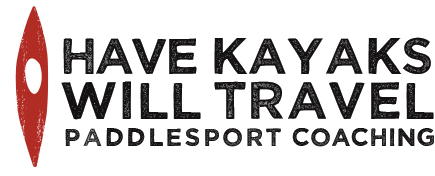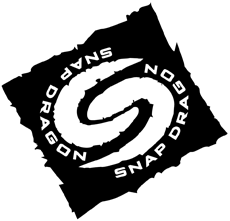Planning a coastal journey during the four-star training. First, a disclaimer: We can’t possibly summarize everything we learned in this post. But we can hit the highlights and explain why this training matters. Second, a little background: The four-star leader sea kayak award recognizes that a paddler has the personal paddling and leadership skills to take a group of four on a short journey in a moderate tidal environment, meaning up to two knots of current, up to Beaufort sea state 4, and moderate surf (up to one meter). This sounds fairly modest, but it’s actually a rigorous program. Candidates are expected to: possess solid personal paddling skills in force 4/5 winds be able to journey 15 to 20 miles in three-star conditions plan safe trips in tidal environments understand practical coastal navigation understand basic weather forecasting understand tides and currents bring and maintain appropriate equipment understand rules of the road understand issues of access conduct a dynamic risk assessment and use this information appropriately execute rescues provide basic first aid deal with various situations that arise with people, equipment and boats know when and how to contact appropriate emergency services And, in addition to all this, assess the skills of participants, make use of their assets on a journey, and offer helpful hints and timely tips to maximize their enjoyment and accomplishments. Safely landing a group on a ledge during the four-star training. We found that the skills we developed in the Great Lakes–paddling in rough water and current, executing efficient rescues, and assessing risks–transferred well and enabled us to be comfortable in the environment. We knew we would need to concentrate on navigation and tidal planning, and this proved true. And we discovered that we need our navigation skills to be as comfortable for us as our paddling skills in order to fully concentrate on leading groups in a tidal environment. This is definitely where we need to do the most work. Working on surf landings with an injured paddler. An element that intrigued us was figuring how much control to exert in a given environment. This is tricky because it involves staying within the remit of the 4 star award, understanding the environment and conditions, and knowing whether you can fix any problems that arise. And it must be done not in the context of coaching (which is what we do most of the time) but while on a journey with friends, with a club or with paying clients. This means they ought to be able to explore and engage with the environment on their own terms as well as on ours. Watching as John demonstrates how boats behave in surf without paddlers. In the end,...
Gifts for the paddler, part 4
Here are five ways to help your favorite paddler find his or her way this season: Nautical charts and tidal data Option 1: Purchase a nautical chart to a destination your favorite paddler longs to go.Option 2: Buy Chart No. 1, the guide to nautical abbreviations and terms.Option 3: Buy the AyeTides ap (for paddlers with iPhones), which provides buoy data on tides and currents at thousands of locations around the globe.Option 4: Photocopy a portion of a chart and laminate it to create a waterproof deck chart. Include a grease pencil for taking notes on the chart.Option 5: (Best of all…) Treat your favorite paddler to all...







